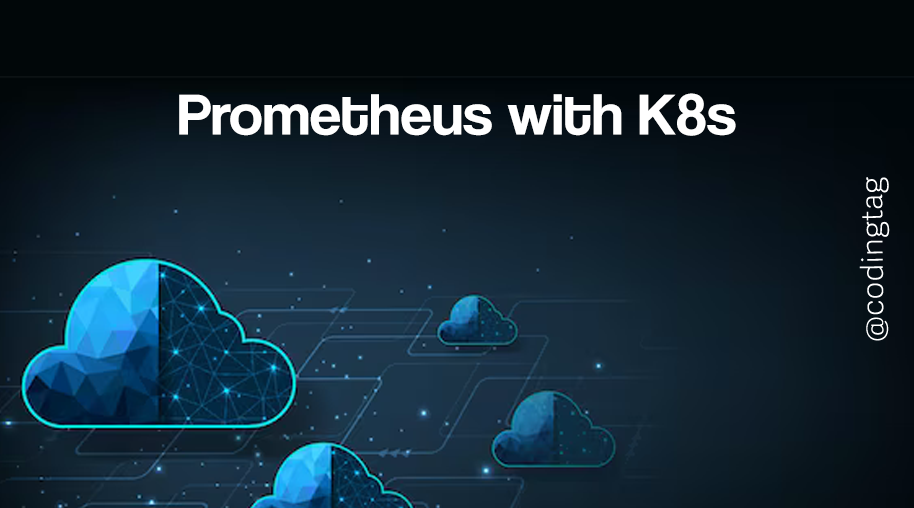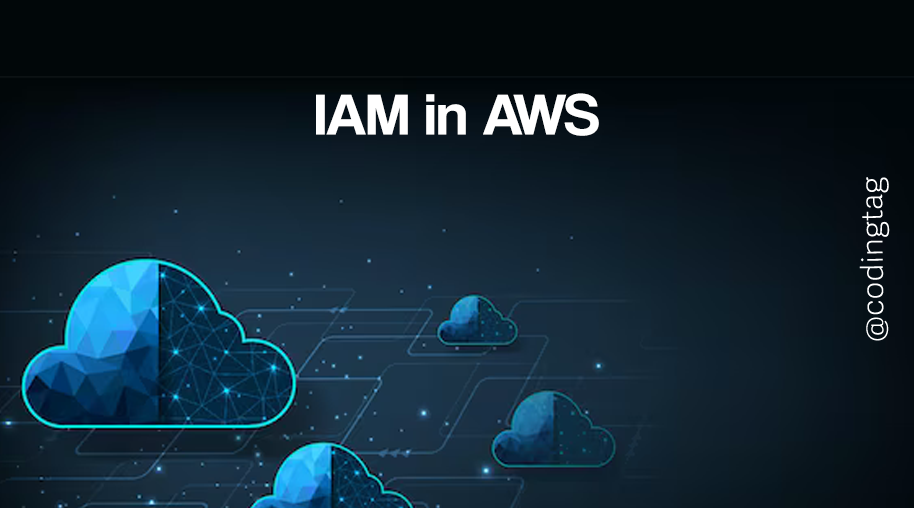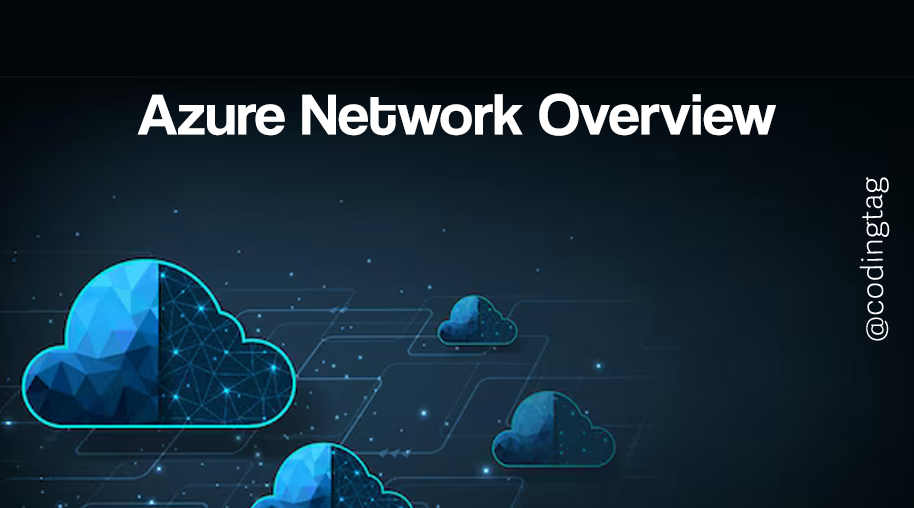Securing Cloud APIs
0 648
🔐 Introduction to Securing Cloud APIs
Cloud APIs play a vital role in connecting applications, services, and users in today's distributed cloud environments. However, with increased connectivity comes greater exposure to security threats. Securing Cloud APIs is essential to prevent unauthorized access, data leaks, and malicious attacks. This blog explores the best practices and strategies to protect cloud-based APIs effectively.
🌐 What are Cloud APIs?
Cloud APIs are interfaces that allow applications and services to interact with cloud platforms like AWS, Azure, and Google Cloud. These APIs are used for everything from data retrieval to resource provisioning and service integration. Due to their wide accessibility, securing them is a top priority.
🚨 Why API Security is Critical
- APIs are public-facing and often exposed to the internet
- They manage sensitive operations like authentication, payment, and data access
- Attackers target APIs for injection, data theft, and denial-of-service attacks
- Compliance and privacy standards demand secure data exchange
🔑 Key Components of API Security
Securing Cloud APIs involves multiple layers of protection, including:
- Authentication – Verifying the identity of the requester
- Authorization – Ensuring the requester has permissions
- Encryption – Protecting data in transit
- Rate Limiting – Preventing abuse through throttling
- Monitoring and Logging – Tracking API activity for threats
🔐 Authentication and Authorization Strategies
Use industry-standard methods to protect API endpoints:
- OAuth 2.0 – Widely adopted protocol for delegated authorization
- JWT (JSON Web Tokens) – Compact, self-contained tokens used for stateless authentication
- API Keys – Simple, but less secure unless combined with IP restrictions and quotas
💡 Example: Using JWT in Express.js
const jwt = require('jsonwebtoken');
const secret = 'mysecretkey';
app.post('/api/login', (req, res) => {
const token = jwt.sign({ user: req.body.username }, secret, { expiresIn: '1h' });
res.json({ token });
});
app.get('/api/data', (req, res) => {
const token = req.headers.authorization?.split(' ')[1];
try {
const decoded = jwt.verify(token, secret);
res.send('Access granted to ' + decoded.user);
} catch {
res.status(401).send('Unauthorized');
}
});
🔒 Encrypting Data in Transit
Always use HTTPS to encrypt API requests and responses. Modern cloud providers like AWS, Azure, and GCP offer managed certificates and automatic HTTPS for secure communication between services.
📊 Implementing Rate Limiting
To prevent abuse or DoS attacks, enforce rate limits using API gateways like:
- AWS API Gateway – Set request throttling per method
- NGINX – Use
limit_reqmodule - Kong – Open-source gateway supporting rate limiting plugins
🔐 Securing API Keys
API keys should never be exposed in front-end code or version control. Store them in secure environments or use tools like:
- AWS Secrets Manager
- Azure Key Vault
- HashiCorp Vault
🛡️ Protect Against Common API Threats
Use protection mechanisms against:
- Injection Attacks – Sanitize input and use ORM tools
- Cross-Site Scripting (XSS) – Use proper response headers and escape output
- Broken Authentication – Implement multi-factor authentication and proper session handling
- Excessive Data Exposure – Use response filters and limit fields returned
📋 Audit and Monitoring
Monitoring tools help detect suspicious activity in real-time. Use:
- CloudWatch for AWS
- Azure Monitor for Microsoft Cloud
- Google Cloud Operations for GCP
- Third-party tools like Datadog, Sumo Logic, or Splunk
🔄 Secure API Gateway Deployment
API gateways act as a central point for traffic inspection and control. They offer:
- Authentication and authorization enforcement
- Rate limiting and request throttling
- Request transformation and validation
- Logging and analytics for observability
✅ Best Practices for Securing Cloud APIs
- Use HTTPS for all API traffic
- Adopt strong authentication protocols
- Enforce least privilege access
- Rate limit requests to prevent abuse
- Store credentials securely
- Log and monitor all access events
🔚 Conclusion
Securing Cloud APIs is a fundamental requirement for building resilient, scalable, and trustworthy cloud applications. By applying layered security measures—authentication, encryption, rate limiting, key management, and monitoring—you protect both your systems and your users from emerging API threats. Security isn't just an afterthought—it's a design principle.
If you’re passionate about building a successful blogging website, check out this helpful guide at Coding Tag – How to Start a Successful Blog. It offers practical steps and expert tips to kickstart your blogging journey!
For dedicated UPSC exam preparation, we highly recommend visiting www.iasmania.com. It offers well-structured resources, current affairs, and subject-wise notes tailored specifically for aspirants. Start your journey today!

Share:







Comments
Waiting for your comments